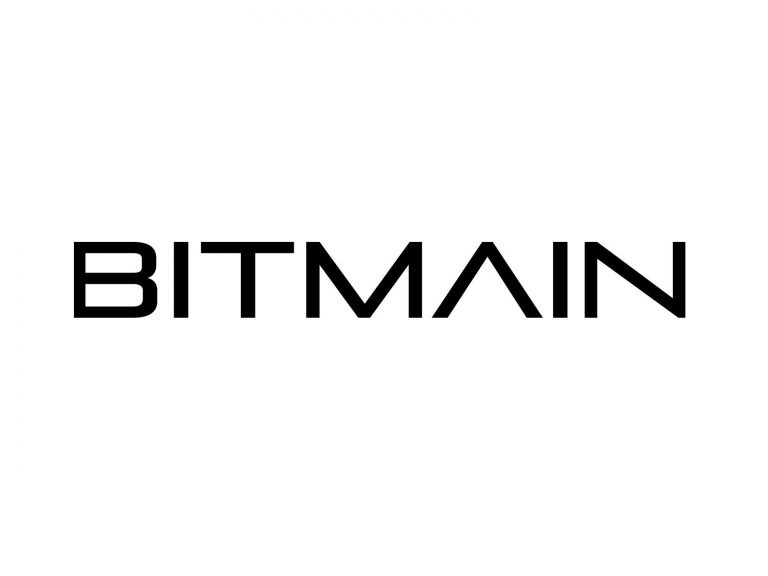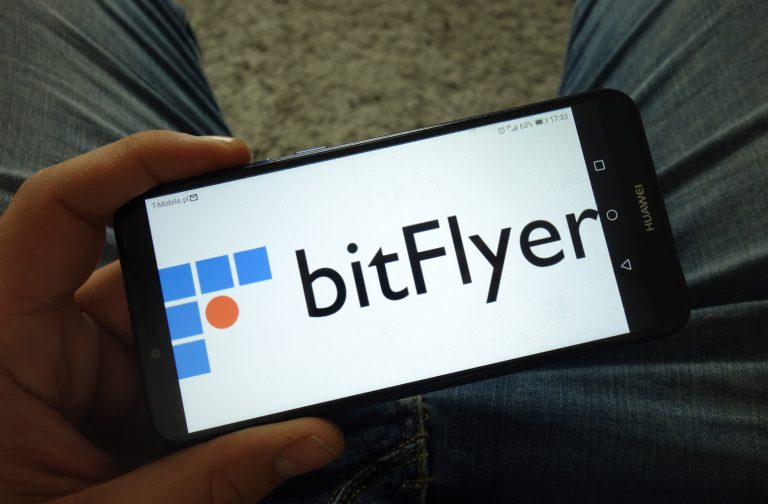2022-12-1 16:30 |
Coinspeaker
Reserve Bank of India Rolls Out Pilot Phase ahead of Digital Rupee Launch
Ahead of the proper launch of the digital rupee, the Reserve Bank of India (RBI) has decided first to conduct a pilot rollout of the virtual fiat. According to the Indian central bank, eight banks will participate in the project, which will occur in two phases. The first phase will feature four banks: Yes Bank, the State Bank of India, ICICI Bank, and IDFC First Bank. These banks will offer the retail digital rupee in four Indian cities: Mumbai, New Delhi, Bengaluru, and Bhubaneswar.
The second phase will commence with four more banks in the South Asian country, including Kotak Mahindra Bank, the Bank of Baroda, Union Bank of India, and HDFC Bank. RBI stated that these second-phase cities would extend the pilot to nine more cities before the official digital rupee launch. These Indian cities are Kochi, Ahmedabad, Gangtok, Guwahati, Hyderabad, Indore, Lucknow, Patna, and Shimla.
Customers selected by the banks for the pilot phase can choose the transactional process to start using the digital rupee. For instance, these customers can request their accounts be debited with the corresponding amount transferred to their CBDC wallet. In addition, users will also be able to procure the digital rupee from the official app and will not need a bank account to transact the virtual currency.
Characteristics of Digital Rupee Usage Ahead of Planned LaunchUsers of the digital rupee would also be able to send or share the central bank-issued virtual token with others. Sharing the CBDC would occur similarly to how users send crypto, albeit on supported apps and platforms. Furthermore, users could use the digital rupee on a range of transactions and store it just like money in a Paytm wallet.
Although the digital rupee is a form of digital currency, it is a central bank digital currency (CBDC), not crypto. This designation means that the token has the backing of the Indian government (central bank) and remains centralized. Unlike crypto, which is decentralized, the RBI issues the digital rupee and controls all the parameters surrounding it.
In addition, unlike the value of crypto which fluctuates with transactional volume, the digital rupee’s value remains fixed. The CBDC serves as a legal tender alongside the traditional fiat format.
CBDC to Revolutionize Banking & Payment SectorThe Reserve Bank of India hopes to enhance the banking and payment system via the issuance of the digital rupee. Ajay Manglunia, managing director and head of the investment group at JM Financial, also agrees with the apex bank’s objective. According to Manglunia, introducing a CBDC would create an efficient and cheaper currency management system. In addition, the finance leader also stated that CBDC settlements would ensure finality and lower risk in the system.
India is one of a broader group of countries looking to adopt CBDCs for more efficient issuance. Other nations in varying stages of launching their digital currencies include Nigeria, China, Denmark, Germany, Japan, and the US.
nextReserve Bank of India Rolls Out Pilot Phase ahead of Digital Rupee Launch
origin »Rupee (RUP) на Currencies.ru
|
|





















